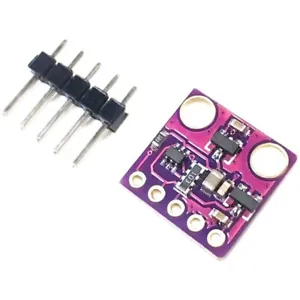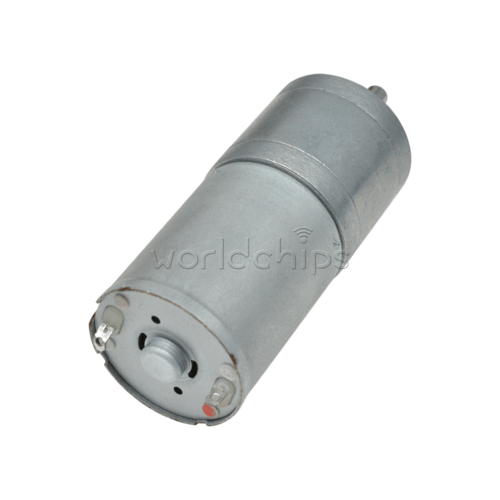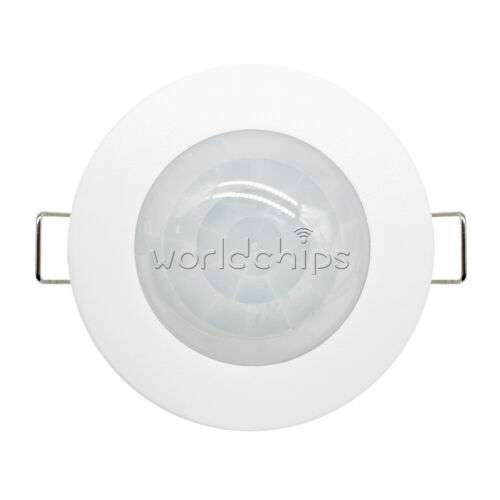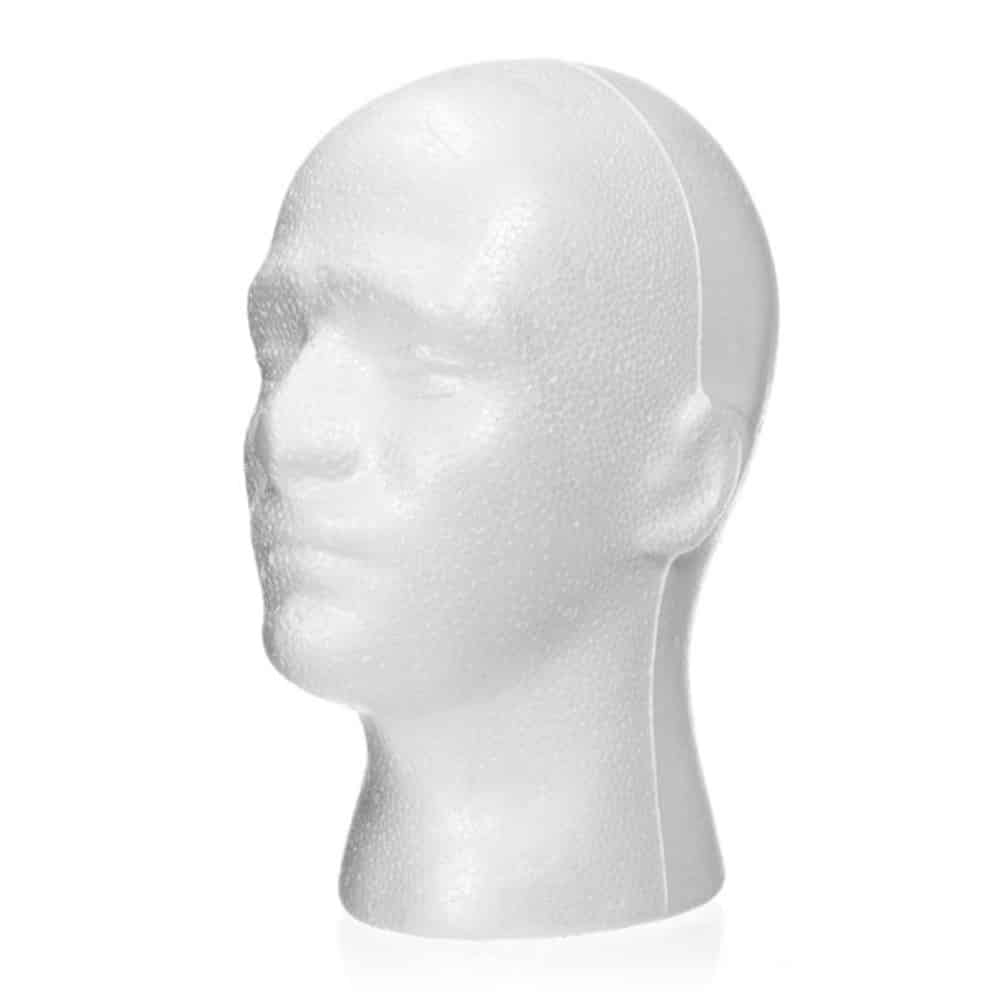




ID: 664058
SKU: 2.66E+11
Category: Electronic chips and boards
Tags: 30days
Accurate Heart Rate Measurement: Board Module for Pulse Oximetry Solutions
About this item:
– The HeartRate Board Module is designed for engineers and makers who want to develop their own oximetry solutions. – It features a high-performance heart rate sensor, a 3-axis accelerometer, and a temperature sensor. – The module is durable and reliable, and it offers a variety of options for customization. – Additional features include a built-in LED driver for powering external LEDs, and a programmable interrupt output for connecting to an external microcontroller.
₹926
On preorder
Delivered in 30-60 days
On Pre-Order
Guaranteed Secure
- Guaranteed delivery
- Fast shipping
- PAN India shipping
- 100% Secure payment
- Regular orders dispatch in 48 Hours
- Pre-orders dispatch in 30-45 days
- Returns accepted
- Fast refund process
- 24/7 customer support







